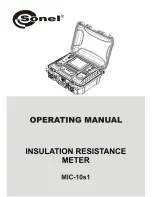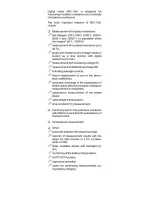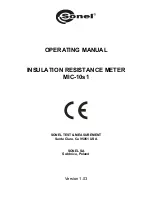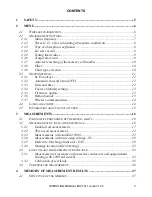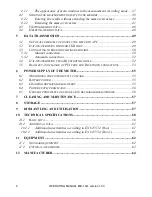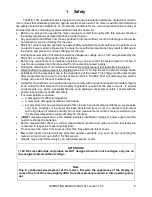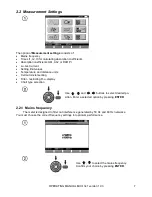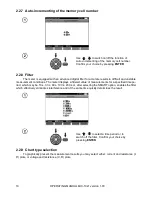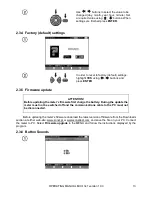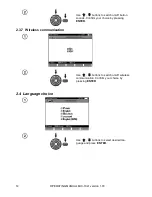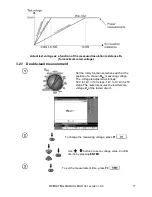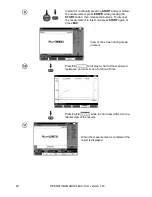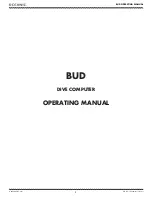
OPERATING MANUAL MIC-10s1 version 1.03
5
1
Safety
The MIC-10s1 insulation meter is designed to measure insulation resistance of electrical conduc-
tors to check that adequate protection against electric shock exists. The meter is avital tool to determine
the safety of electrical installations. To provide the conditions for the correct operation and accuracy of
obtained results the following recommendations must be observed:
Before you proceed to operate the meter acquaint yourself thoroughly with this manual. Observe
the safety regulations and specifications provided herein.
Any application that differs from those specified in this manual may result in a damage to the device
and present a source of danger for the user.
MIC-10s1 meters must be operated by appropriately qualified personnel authorised to perform work
on electric power systems. Operating the meter by unauthorised personnel may result in damage to
the device and present a source of danger for the user.
During measurements of insulation resistance dangerous voltage up to 10 kV are generated by the
MIC-10s1 occurring at the ends of the test leads.
Before any measurement of insulation resistance you be sure that the tested object is not live. It
must be de-energized and disconnected from the electrical power supply.
During the measurement of insulation resistance do not disconnect test leads from the tested.
Object before the measurement is completed (see par. 3). During the test an electric charge will be
established on the test object due to the capacitance of the object. This charge must be discharged
after measurements to avoid to the risk of electric shock. The MIC-10s1 will discharge the electric
charge at the end of the test, automatically.
Using this manual does not exclude the need to comply with occupational health and safety regula-
tions, and with other relevant fire and safety regulations required at the place of work. In special
environments, e.g. where a potential fire-risk or an explosive environment exists, consult with the
person responsible for health and safety.
It is unacceptable to operate:
a damaged or malfunctioning meter
a meter with damaged insulation or test leads
a meter stored for an excessive period of time in harsh environmental conditions (e.g. excessive
cold, heat, humidity). If the meter has been transferred from a cool to a warmer environment
with a high level of relative humidity do not start measurements until the meter is warmed up to
the ambient temperature (approximately 30 minutes).
A
BAT!
message appearing on the display indicates insufficient voltage of power supply and the
need to recharge the batteries.
Before measurement choose a correct measurement function and make sure that test leads are
connected to respective measuring terminals.
Do not power the meter from sources other than those listed in this manual.
R
ISO
meter inputs are electronically protected against overloads (e.g. such as by connecting the
meter to a live circuit) up to 825 V for 60 seconds.
Repairs may be performed only by an authorised service center.
ATTENTION!
11 kV DC crocodile clips and probes are NOT designed to work on live voltages, only use on
de-energized objects without voltage.
Note:
Due to continuous deve
lopment of the meter’s firmware the appearance of the display of
some of the functions may slightly differ from the material presented in this operating man-
ual.
Summary of Contents for MIC-10s1
Page 1: ......
Page 2: ......
Page 3: ......
Page 4: ......
Page 19: ...OPERATING MANUAL MIC 10s1 version 1 03 15 2 5 Information about manufacturer...
Page 69: ...OPERATING MANUAL MIC 10s1 version 1 03 65...
Page 70: ...OPERATING MANUAL MIC 10s1 version 1 03 66...
Page 71: ......
Page 72: ......

